
Each year the RSPB organises the Big Garden Birdwatch, this year on 24-26 January 2025. An event where hundreds of thousands of nature lovers count the birds in their gardens.
It helps us get a picture of how are feathered friends are faring. Last year more than 600,000 people across the UK took part and the House Sparrow was top once again.
According to last year's Big Garden Birdwatch the most common garden birds in the UK are:
10. Long-tailed tit
9. Magpie
8. Goldfinch
7. Great tit
6. Robin
5. Blackbird
4. Woodpigeon
3. Blue tit
2. Starling
1. House sparrow
The results are not wildly different from the 2020 results, with house sparrows at the top, and starlings and blue tit swapping places.
Woodpigeons, blackbirds and great tits remain stationary, with goldfinch and robins also swapping. The long-tailed tit is hanging on in the top ten, after swapping with the magpie, which now sits at number nine.
Large birds such as carrion crows, collared doves and jackdaws are also often seen, particularly if you have an open bird table or large lawn. These distinctive birds can be hard to miss when they appear and are a familiar sight to most of us.
More numerous but harder to spot are the several species of small, brown birds that regularly show up at the bird feeder.
The wren is the UK's most common bird; one of the UK’s smallest birds with its small, rounded body and upright tail it is often seen in gardens, but is more populous in rural areas. It is particularly noticeable in spring when male wrens build multiple nests for the female to choose from.
A similar but more colourful and even smaller bird is the goldcrest, although this little bird is less often seen in gardens.
Another common garden bird is the dunnock, a small brown and grey bird with mottled feathers which provide excellent camouflage, making it hard to spot, although competing males can put on quite a display.
Female blackbirds can often be harder to identify due to their drab colouring, compared to the males, but have beautifully delicate markings if you look closely.
Song thrushes were once a very popular sight in gardens but their numbers are in serious decline, making them much less likely to visit your garden.
As well as blue tits and great tits, coal tits and long-tailed tits are regular visitors and can usually be seen in small flocks.
Blue tits, great tits and coal tits might be persuaded to use a well-chosen nest box, but long-tailed tits prefer to build their nests out of lichen and spider webs in hedgerows, the shape of which has led so some amusing nicknames such as Oven builder, Bum barrel and Poke pudding.
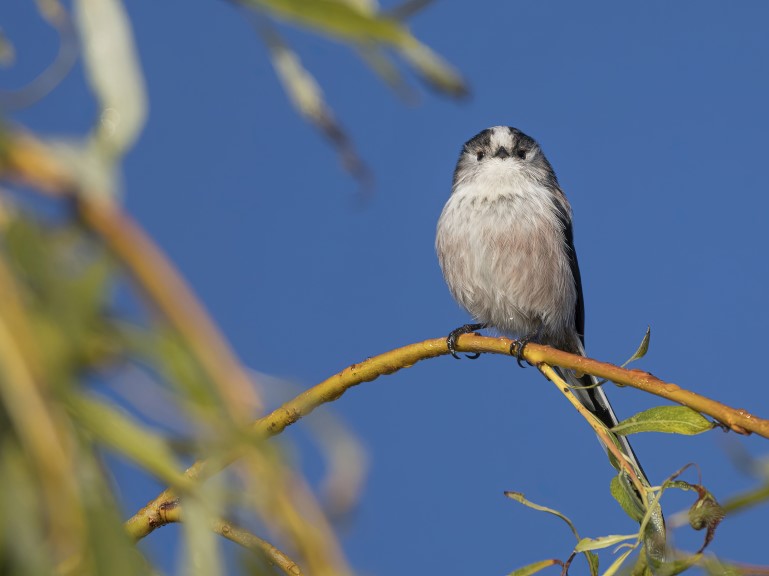
The birds you see in your garden can vary from region to region, and will also depend on what woodland or farmland you have nearby, how close to the sea you are and what food you have in your garden that attracts garden birds.
The seasons will also affect what birds you see in your garden – with summer bringing exotic visitors such as swallows and winter bringing in some unusual birds to our gardens in search of food.
Climate, too, can have an affect and you're far more likely to see smaller birds early in the year after a mild winter, which explains why smaller birds such as long-tailed tits and coal tits are more numerous in survey results following a mild winter.
Bird numbers are constantly changing and birds which were once common are now becoming harder to spot, while other species may be on the increase or recovering from previous drops in numbers.
Even the common birds such as house sparrows and starlings are down compared to the very first Big Garden Birdwatch in 1979; in fact starlings numbers have declined by a massive 80% and house sparrows have declined by almost 60%.
The RSPB's Big Garden Birdwatch provides a vital role in monitoring the numbers of our common garden birds. What originally started out as a joint venture between the RSPB and Blue Peter watchers became popular with adults and children alike.
Unsurprisingly of the 80 species listed the least commonly seen in gardens are the ducks and plovers such as wigeons, gadwalls, teals and lapwings.
Even large water birds such as mute swans and herons, and birds of prey such as red kites and sparrowhawks, are spotted in gardens more frequently than these uncommon visitors.
Witness birds take flight and soar the skies of their natural habitat on a Saga special interest bird watching holiday.
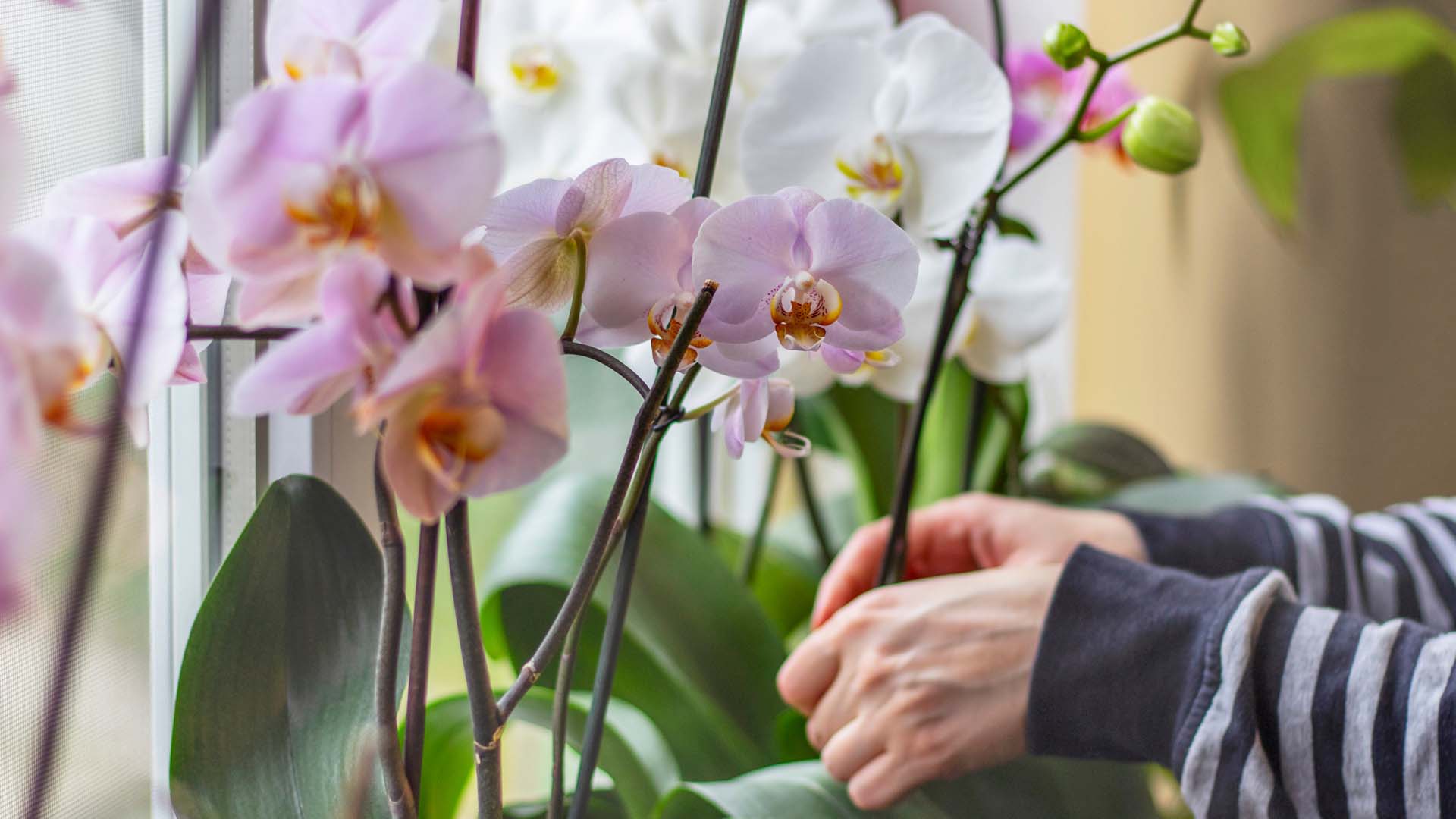
Our expert pruning and watering hacks include a top tip to keep them flowering from Alan Titchmarsh.
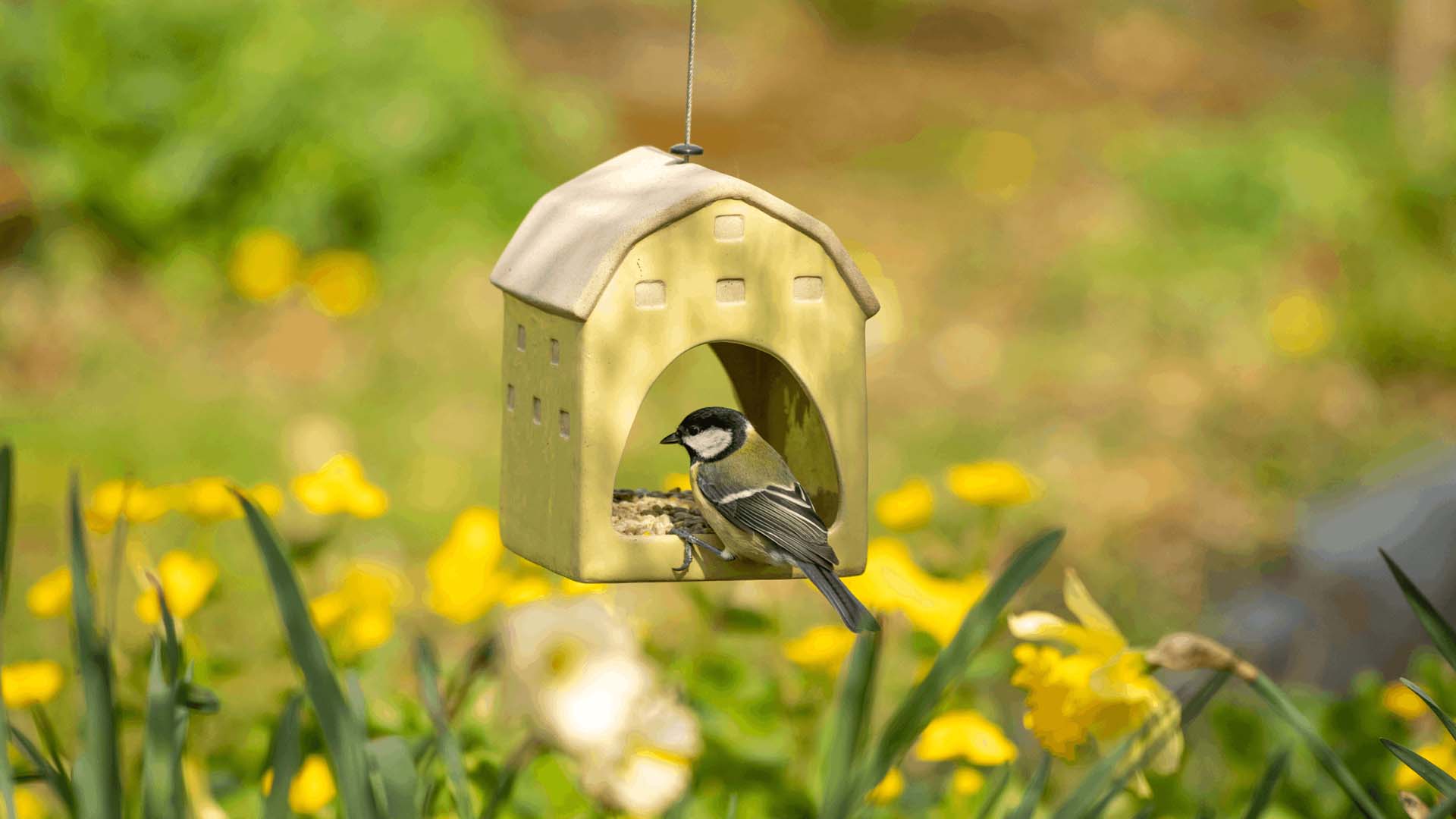
Don’t make these bird-feeding mistakes. Expert advice on how to feed birds in your garden safely.
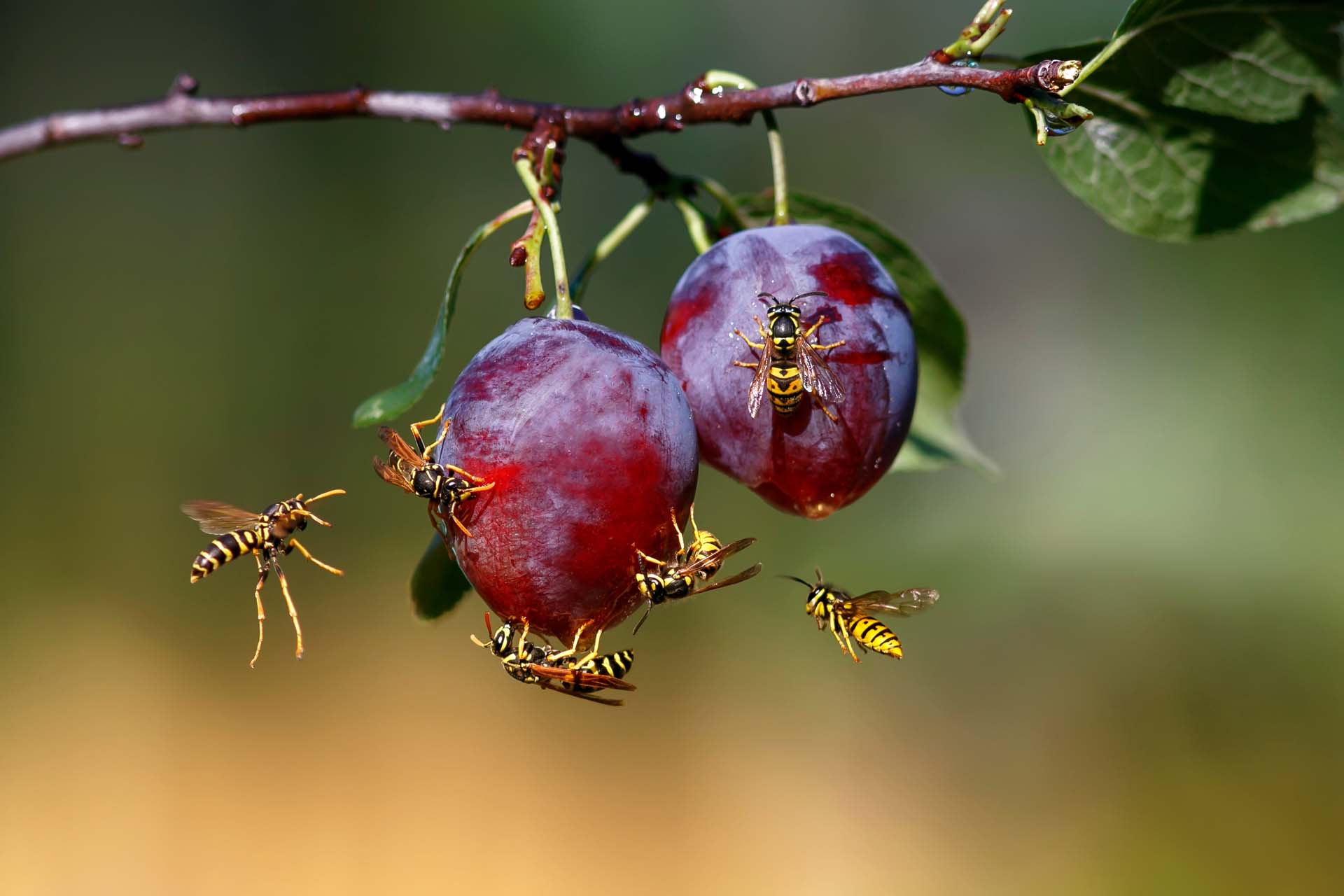
Blighted by buzzing? How to keep wasps out of your garden without harming them so you can enjoy the summer.
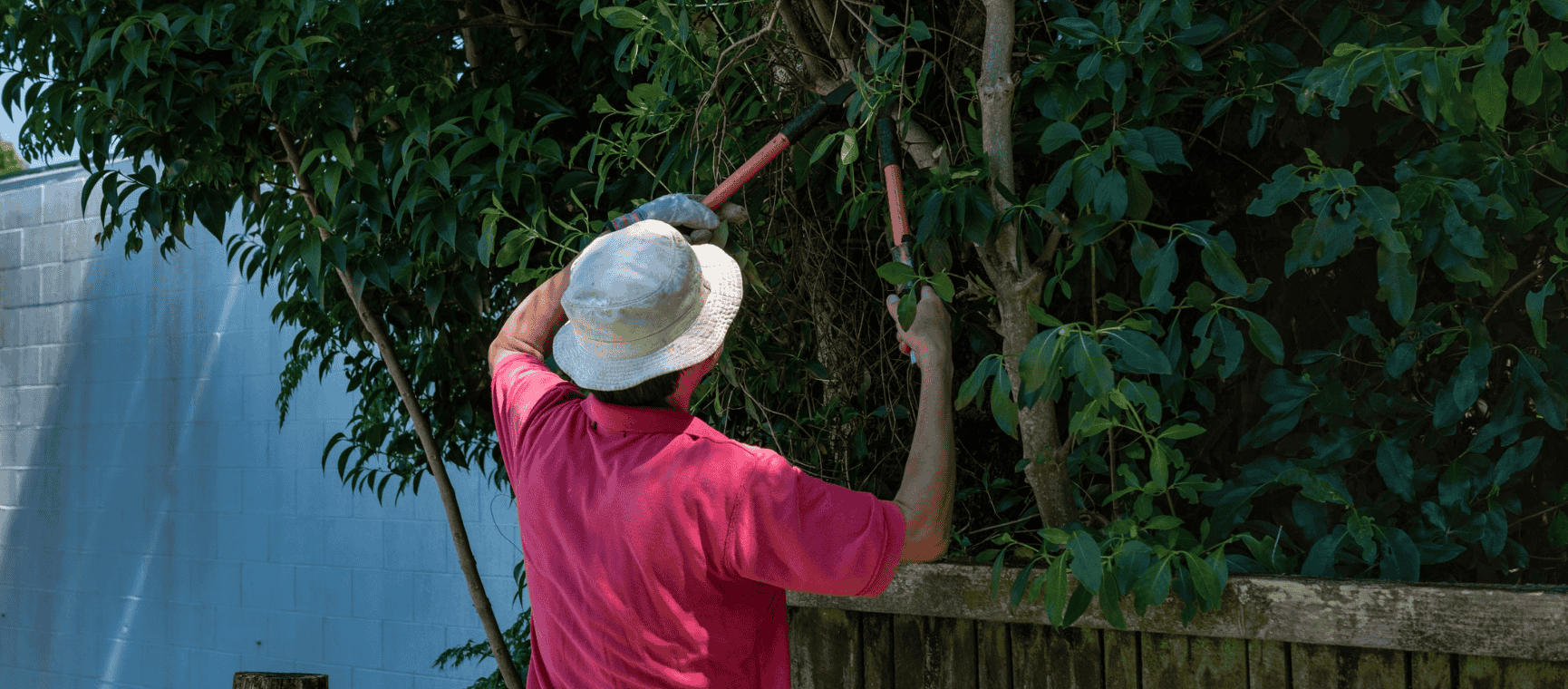
The ways you could be breaking the law in your back garden - with expert advice on how to avoid neighbour disputes, a fine or even a prosecution.
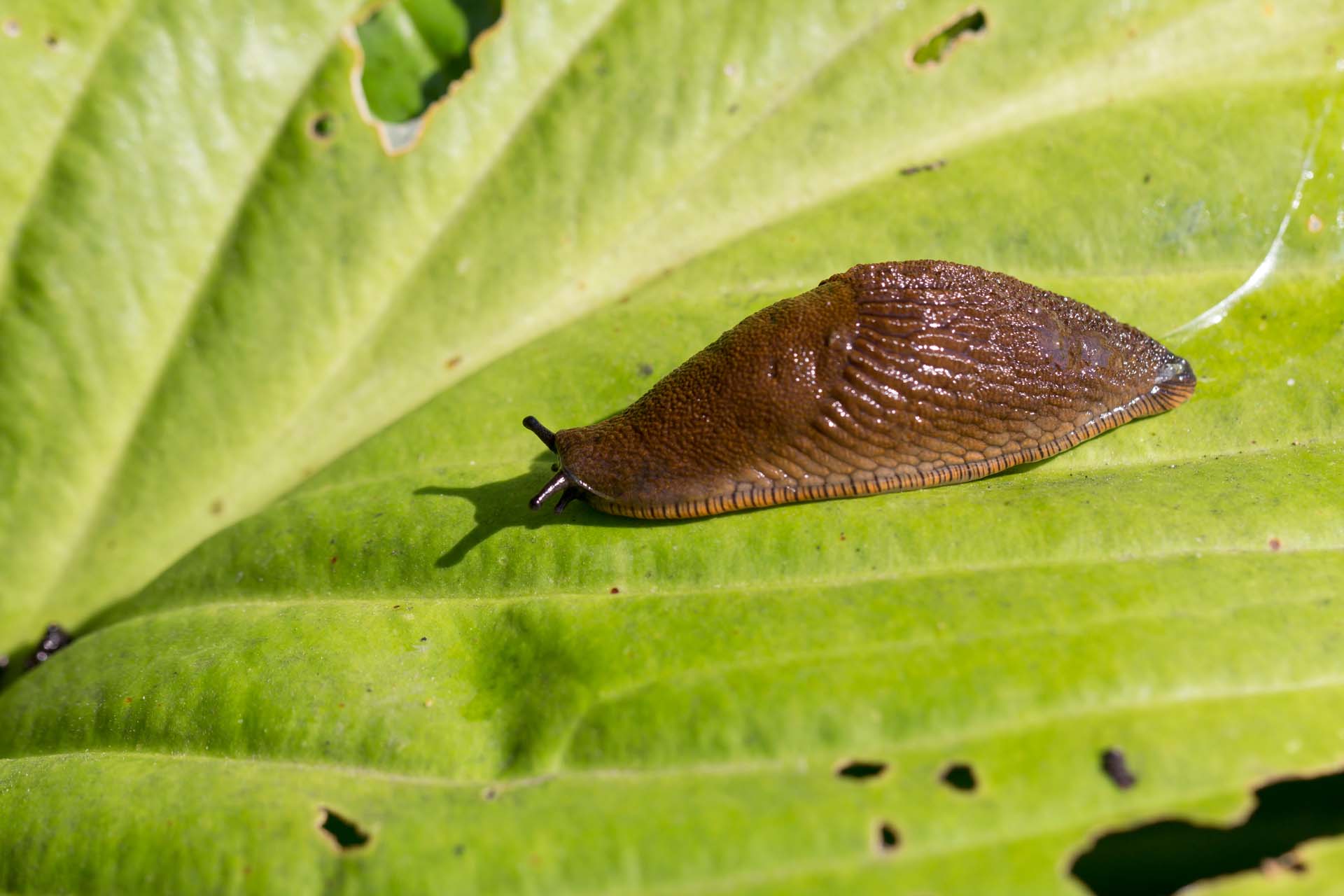
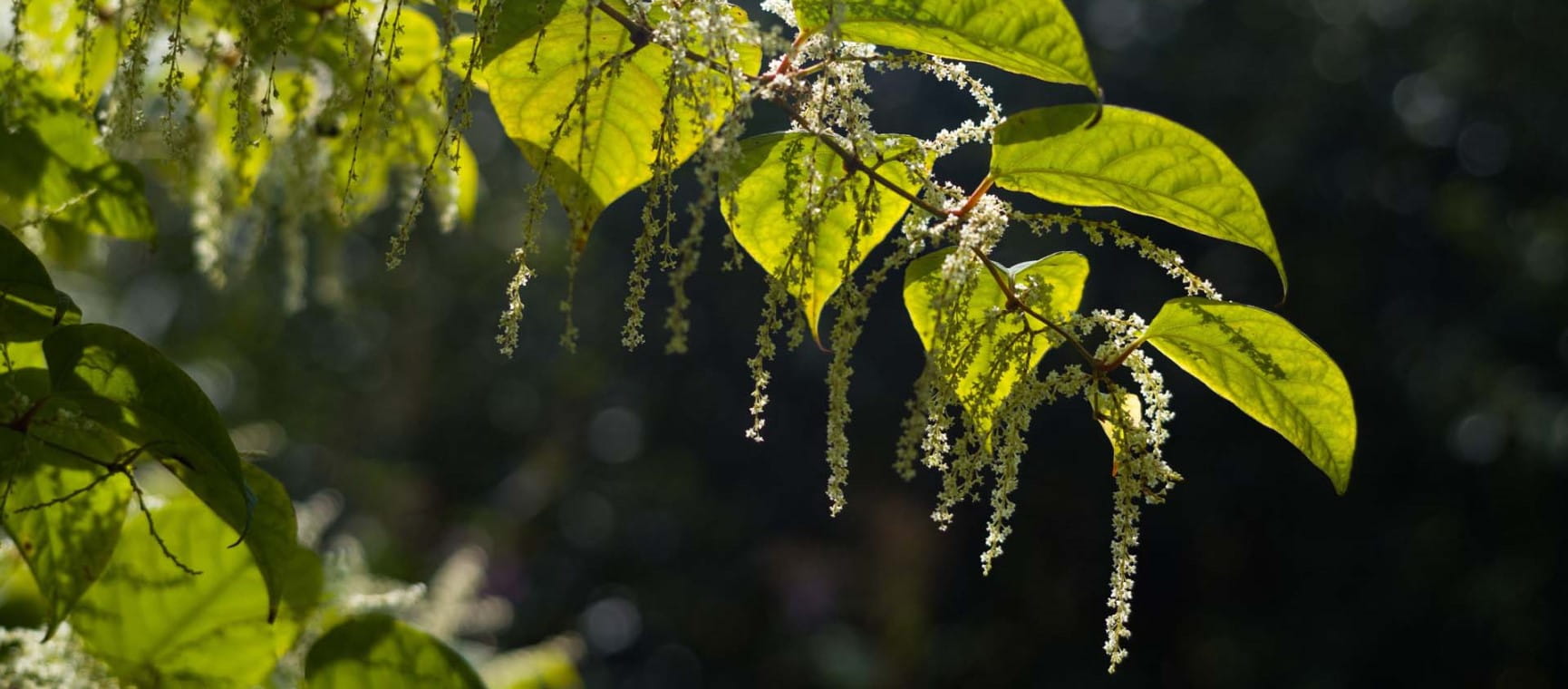
Everything you need to know about Japanese knotweed, the fast-growing plant nobody wants in their garden.